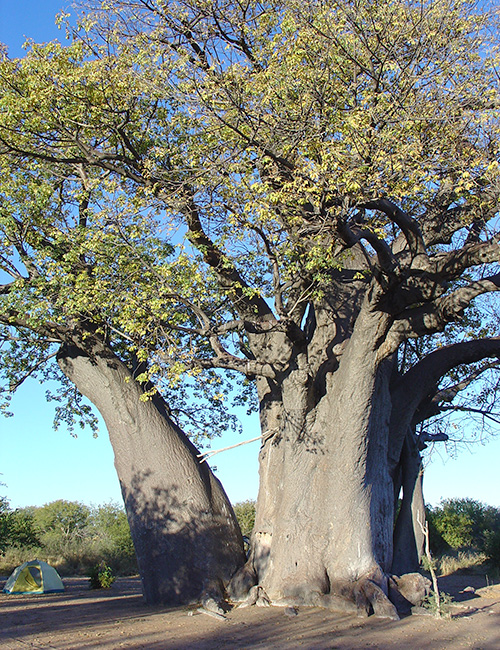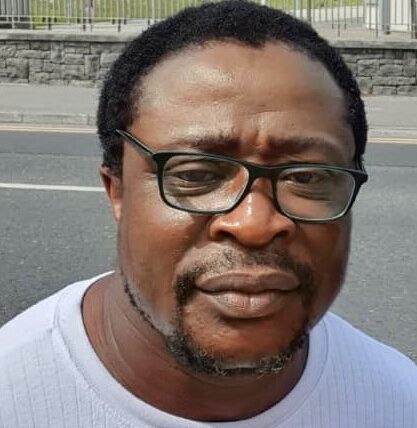The global warming effect of South Sudan is two and half times more than the Global average hence putting the country amongst the five worst performing in terms of the climate change vulnerability index. Extreme weather conditions in the form of drought and flooding have been on the increase in South Sudan over the past two decades. These two extreme conditions must happen in South Sudan each year. Climate Change is real in this young Country.
Using the potential of forestry to mitigate this trend in South Sudan formed the main theme of my recent thesis work with Scientist from the National University of Ireland, Galway, and the Natural Resource Management Team of FAO South Sudan.
Despite the diversity of trees in the Country, the work established
HIGH CARBON SEQUESTRATION TREES IN SOUTH SUDAN
Fan palm, Baobab, Desert date, Shea butter, Tamarind, and Mvule tree Species above 3-4 Kg Co2e
MEDIUM CARBON SEQUESTRATION TREES IN SOUTH SUDAN
Pinus, Mangoes, Mahogany, and Jackfruit has the potential to sequester above 2kgCo2eha/yr
LOW CARBON SEQUESTRATION TREES IN SOUTH SUDAN
Neem, Orange, Guava, Gum tree species sequester less than 2KgCo2e ha/yr.

